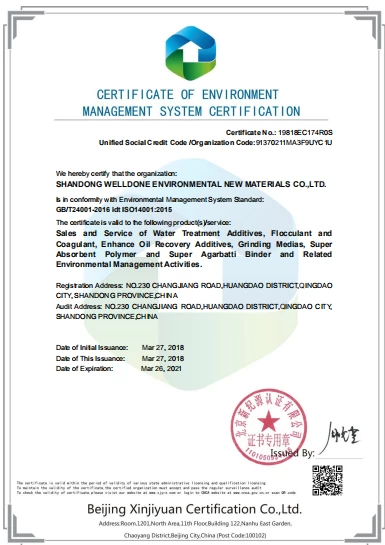Introduction to the Application of Potassium Polyacrylate in Slope Greening
Potassium polyacrylate is a superabsorbent polymer that has gained increasing attention in slope greening as a water retention agent. Its unique properties make it an excellent material for use in soil stabilization and vegetation establishment on steep slopes.
Application in Slope Greening
Potassium polyacrylate can be used in different ways in slope greening, including as a soil amendment and planting gel. When mixed with soil, it improves its water-holding capacity and reduces water loss due to evaporation, ensuring that plants have access to water during periods of drought or water scarcity.
Furthermore, when used as a planting gel, it helps to ensure that newly planted vegetation has sufficient water during its establishment phase, improving its survival rates and growth. This is particularly important on steep slopes where water runoff is high and water availability is limited.
Additionally, potassium polyacrylate can be used in combination with other soil stabilizers, such as geotextiles and mesh, to provide additional support and reduce soil erosion. By stabilizing the soil and improving its water-retaining capacity, it helps to prevent landslides and maintain the structural integrity of the slope.
Conclusion
Overall, the application of potassium polyacrylate in slope greening offers significant potential for addressing the challenges of soil stability and vegetation establishment on steep slopes. Its ability to absorb and retain water makes it an effective tool for improving plant growth and survival rates, stabilizing soils, and reducing soil erosion. Furthermore, its potential use in combination with other soil stabilizers highlights its versatility and importance in maintaining healthy and sustainable slope ecosystems.











